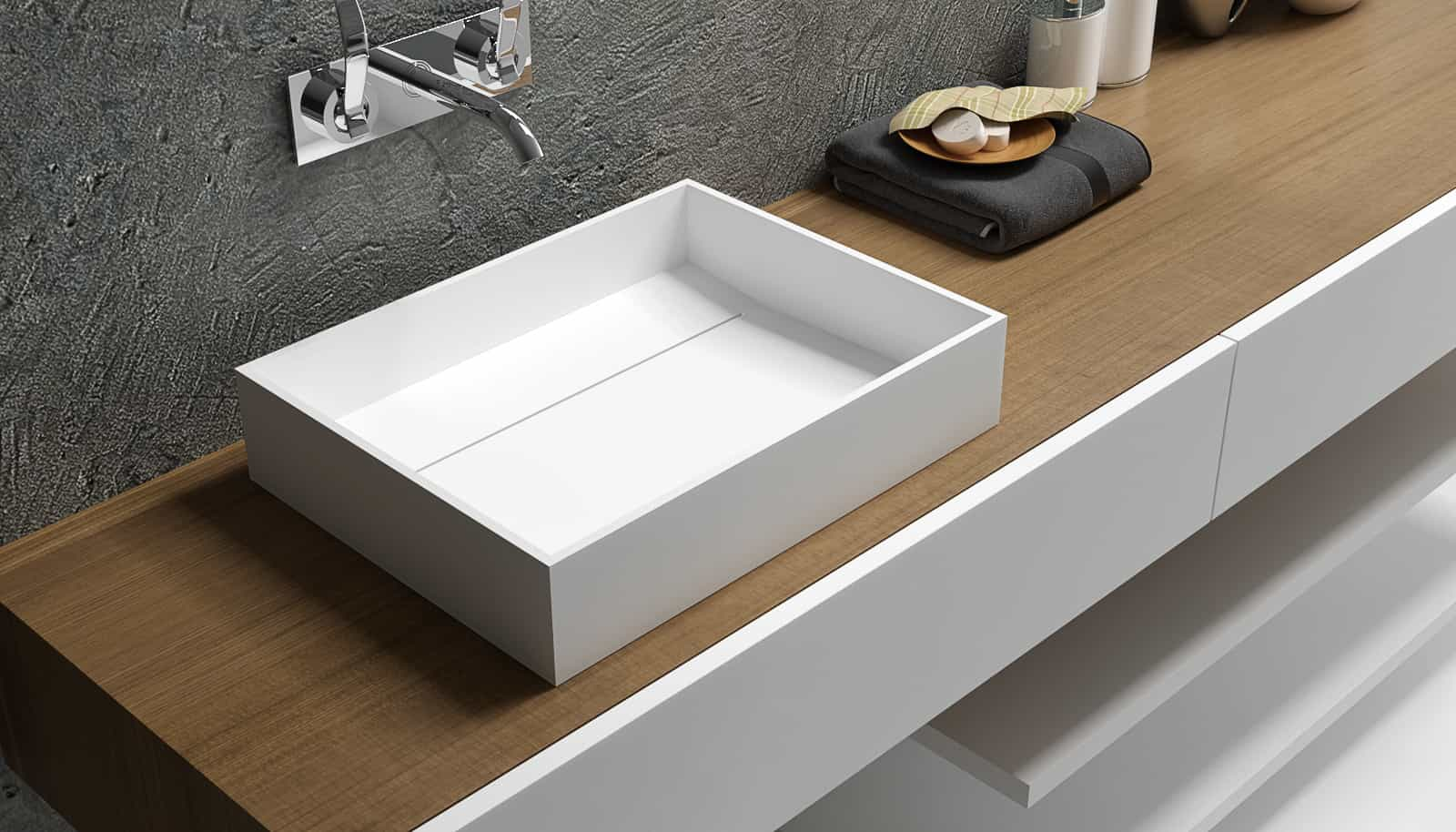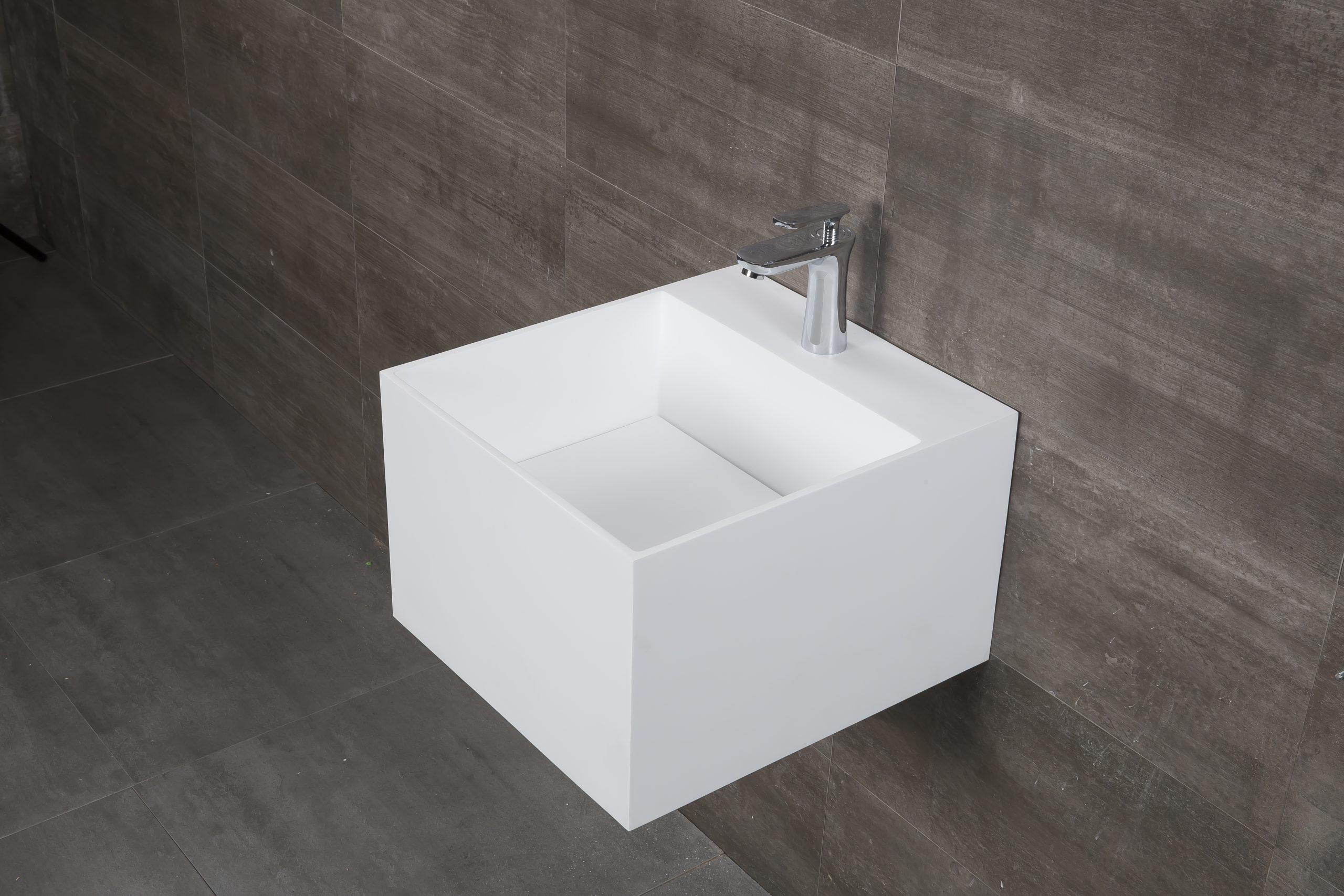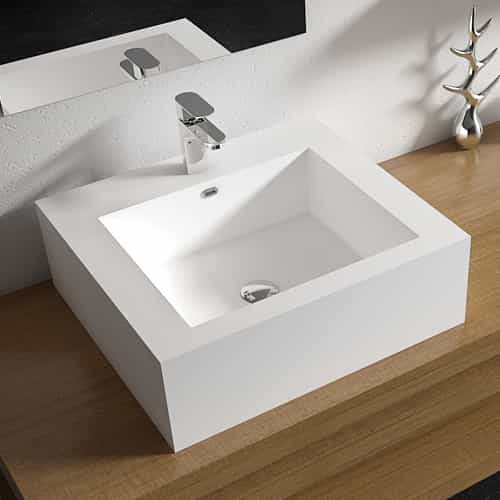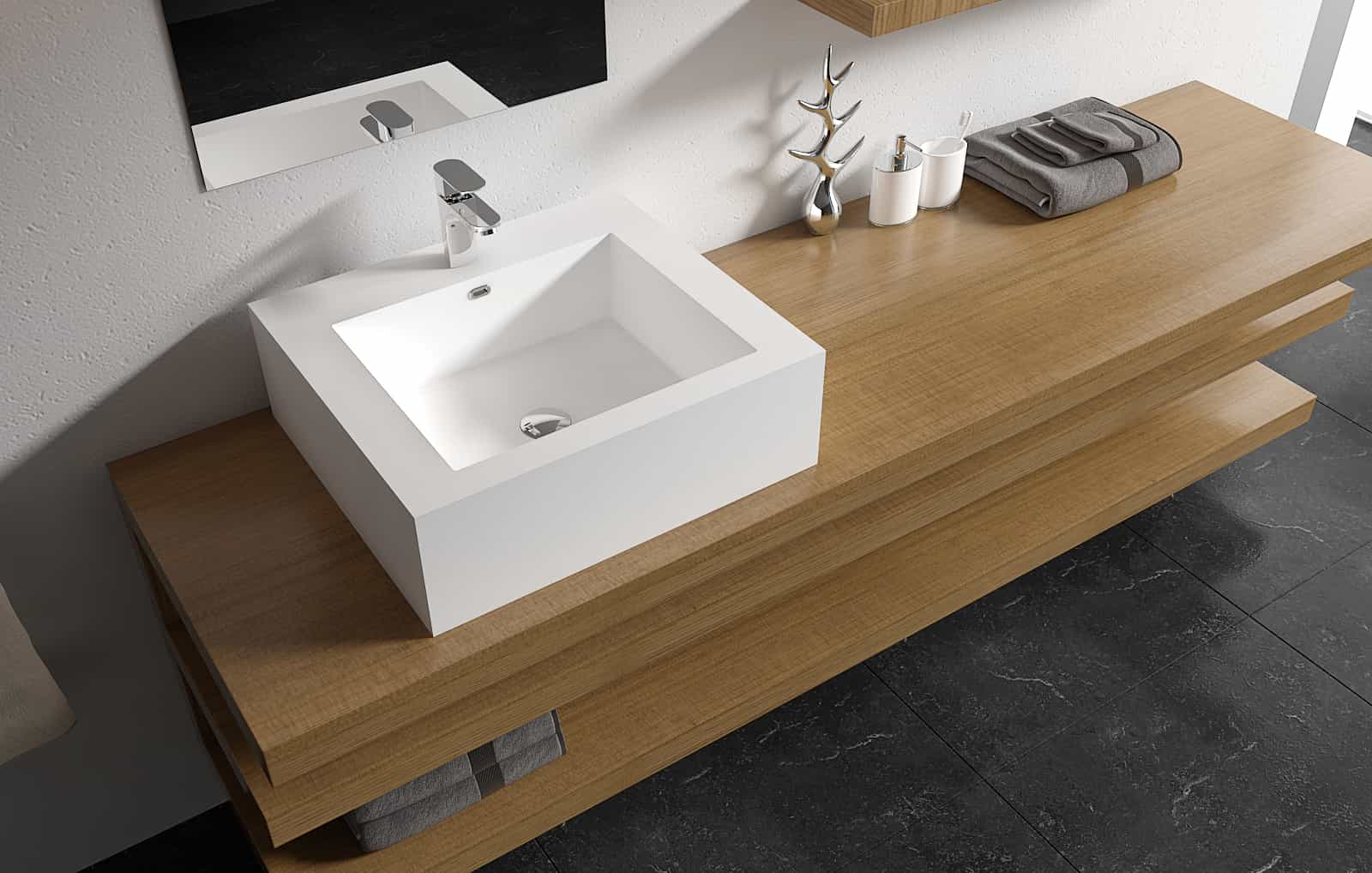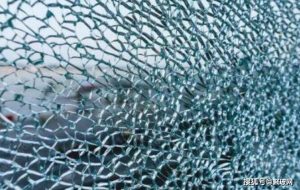
I don’t know if you have encountered the phenomenon of glass self-explosion in your life. Why does glass self-explode? Is it the result of long-term exposure to wind and sun? If you also have doubts about this, let’s take a look at what is the reason for the self-explosion of glass!
[The reason for the self-explosion of glass]
1. After the glass is heated, the thermal stress distribution is uneven, and the stress of the glass is further released due to external factors, which can cause the glass to burst. The external factors can be exposure to the sun, sand and stone impacts, and large vehicle bumps.
2. Partial overheating when baking the film, usually toughened glass can withstand a temperature difference of more than 200 degrees, so as long as the temperature of the baking gun is less than 380 degrees, the heat should not be concentrated. Therefore, when baking the film, more attention should be paid to controlling the heat.
3. The self-explosion of glass is related to its own quality. According to the technical statistics of the manufacturer, the self-explosion rate of glass itself is 3/1000.
Also independent of the following factors:
1. Glass has thickness, except for bulletproof.
2. It is impossible for the glass film to break the glass. One film can be deformed by everyone, but no one can deform the glass. It can be seen that it is impossible to deform the glass when the film shrinks.
If tempered glass is used for both indoor and outdoor glass, the impact resistance and safety of the glass will be greatly improved both indoors and outdoors. Because the impact resistance of tempered glass is 5-10 times that of ordinary glass, and its bending resistance is 3-5 times that of ordinary glass, it can be said to be safe at home.
【Tempered glass self-explosion solution】
1. Reduce the stress value
The distribution of stress in tempered glass is that the two surfaces of the tempered glass are under compressive stress, the core layer is under tensile stress, and the stress distribution on the thickness of the glass is similar to a parabola. The center of the glass thickness is the apex of the parabola, that is, the place where the tensile stress is the largest; the two sides close to the two surfaces of the glass are compressive stresses; the zero stress surface is located at about 1/3 of the thickness. By analyzing the physical process of tempering and quenching, it can be known that the surface tension of tempered glass and the maximum internal tensile stress have a rough proportional relationship in value, that is, the tensile stress is 1/2 to 1/3 of the compressive stress. Domestic manufacturers generally set the surface tension of tempered glass at about 100MPa, but the actual situation may be higher. The tensile stress of tempered glass itself is about 32MPa-46MPa, and the tensile strength of glass is 59MPa-62MPa. As long as the tension generated by the expansion of nickel sulfide is 30MPa, it is enough to cause self-explosion. If the surface stress is reduced, the tensile stress of the tempered glass itself will be correspondingly reduced, thereby helping to reduce the occurrence of self-explosion.
2. Uniform stress
The uneven stress of tempered glass will significantly increase the self-explosion rate, which has reached a level that cannot be ignored. The self-explosion caused by uneven stress is sometimes very concentrated, especially the self-explosion rate of a specific batch of bent tempered glass can reach an alarming degree of severity, and self-explosion may occur continuously. The main reason is the uneven local stress and the deviation of the tension layer in the thickness direction, and the quality of the original glass sheet itself also has a certain influence. The uneven stress will greatly reduce the strength of the glass, which is equivalent to increasing the internal tensile stress to a certain extent, thus increasing the self-explosion rate. If the stress of tempered glass can be evenly distributed, the self-explosion rate can be effectively reduced.
3. Heat soak treatment
Hot soaking treatment is also called homogenization treatment, commonly known as “detonation”. Heat soaking treatment is to heat the tempered glass to 290°C±10°C and keep it warm for a certain period of time, so that the nickel sulfide can quickly complete the crystal phase transformation in the tempered glass, so that the tempered glass that may explode itself after use is artificially broken in advance in the factory. In the heat soaking furnace, thereby reducing the self-explosion of the tempered glass in use after installation. This method generally uses hot air as the heating medium, which is called “Heat Soak Test” abroad, or HST for short, literally translated as heat soaking treatment.
Although the heat-soaking treatment cannot guarantee that self-explosion will never occur, it does reduce the occurrence of self-explosion and actually solve the self-explosion problem that plagued all parties in the project. Therefore, heat soaking is the most effective method to completely solve the problem of self-explosion, which is unanimously recognized in the world.
[Will the tempered glass used in the qualified shower room explode?]
Qualified shower rooms are made of toughened glass, which is based on safety considerations. If ordinary glass is used to make a shower room, once the glass is damaged, the glass fragments will be large-scale and large-volume fragments, which will cause great harm to the human body, cutting skin, muscles, blood vessels, etc. It is very important to choose qualified tempered glass. Whether the glass is artificially broken or self-exploded, the above-mentioned hazards can be completely avoided. Although fully tempered steel will increase the self-explosion rate, the size of the fragments after bursting can be completely controlled within the scope of national standards. If semi-tempered steel is used, excessive fragments will cause serious harm to the human body. At the same time, the glass of the shower room needs to be clamped by hardware. Since the strength of semi-tempered glass is significantly reduced, not only can it not reduce the self-explosion rate, but it will increase the possibility of self-explosion under the fastening effect of hardware. In addition, the self-explosion rate of tempered glass generally refers to the self-explosion probability of tempered glass produced in a tempering factory, not the self-explosion rate of users during use. The tempered glass used by Orusa has been tempered and detonated, so that it is possible to carry out self-explosion in advance, and it has been treated with professional film to reduce self-explosion to zero.
Due to technical reasons, since the self-explosion of tempered glass is its inherent characteristic, this possibility cannot be ruled out in theory. Although high-quality tempered glass is used, the damage to the human body is limited to very slight damage on the skin surface, but it is still recommended that users choose explosion-proof film. Or use a new type of explosion-proof laminated glass, which can reduce the damage to the human body to zero, so that the quality can be guaranteed.







